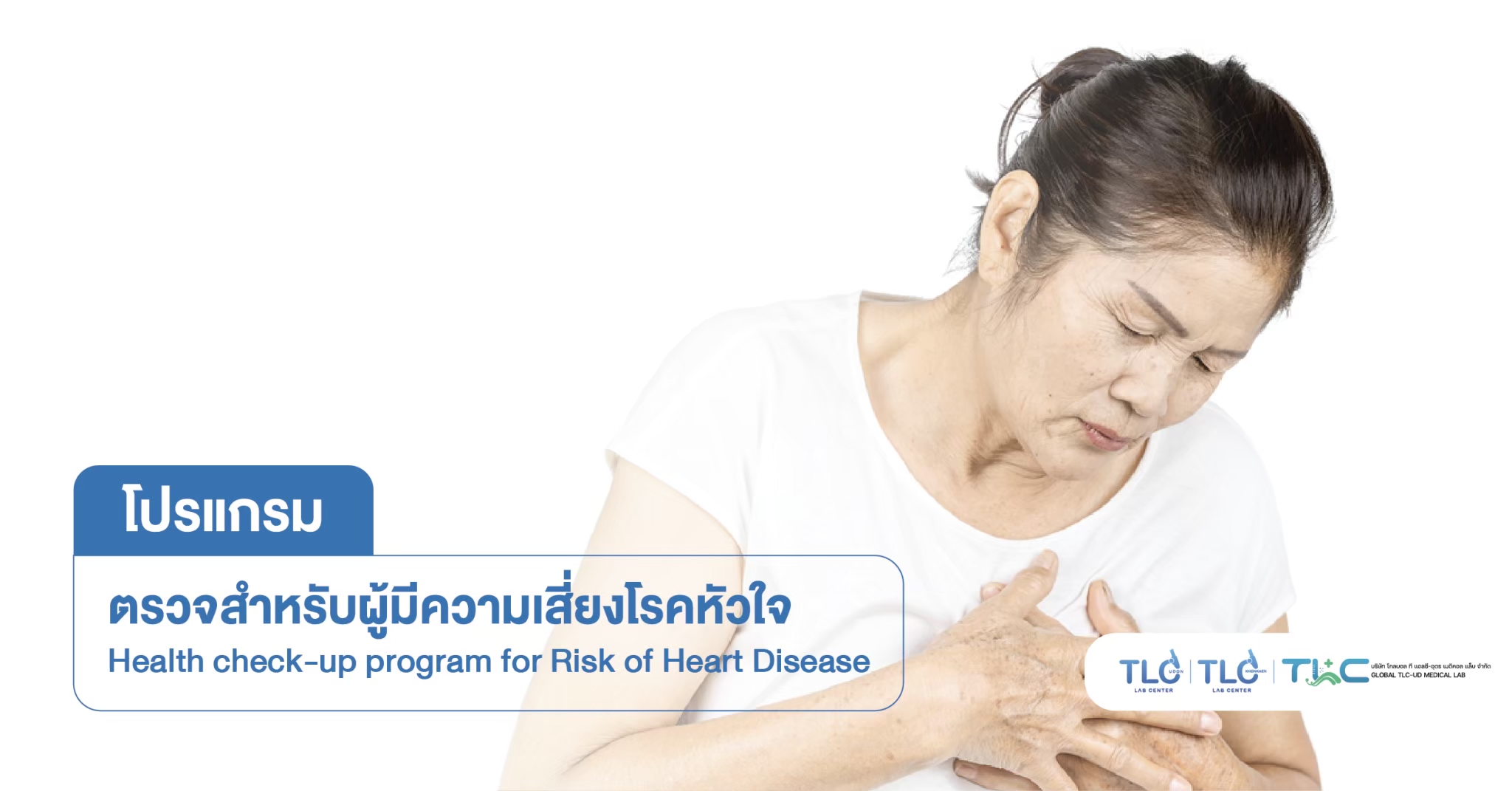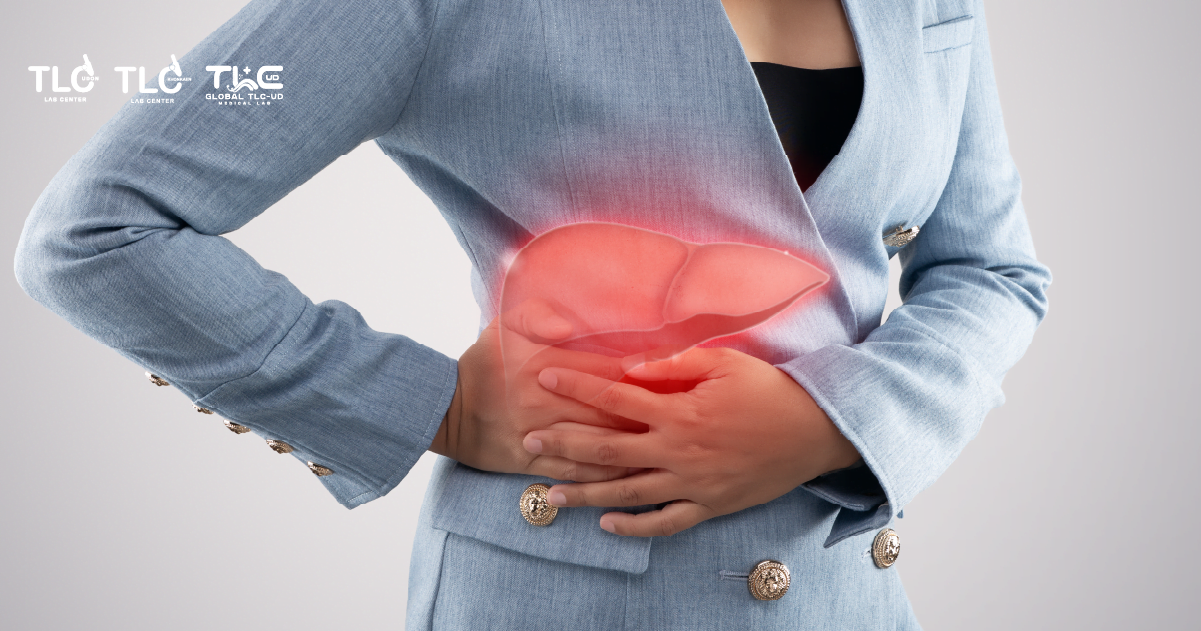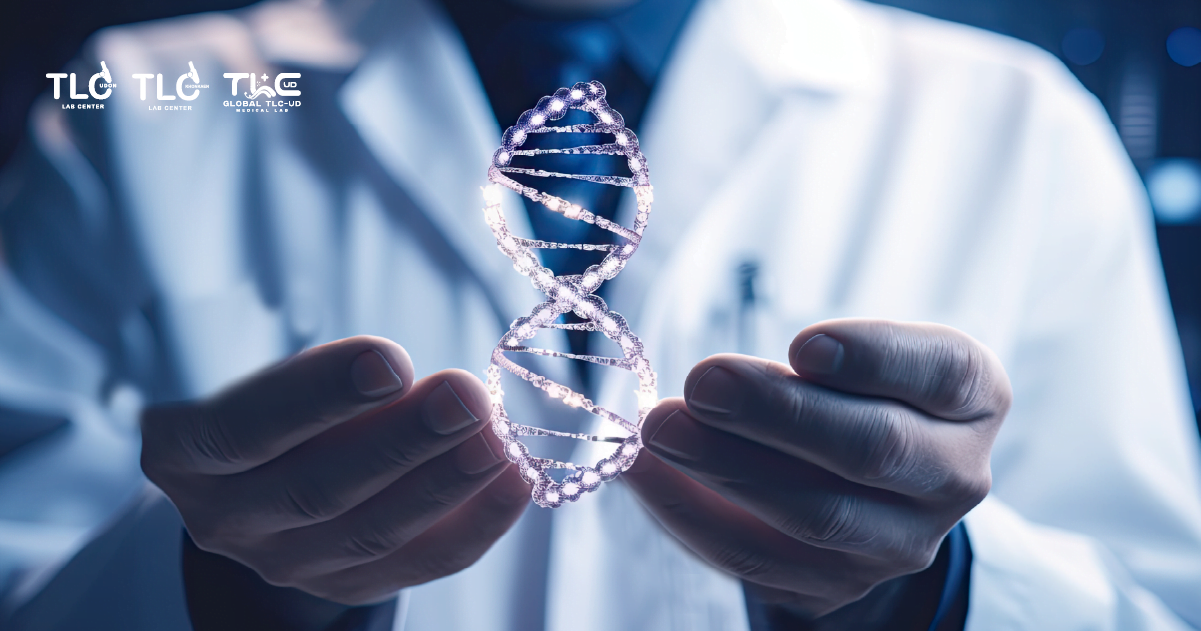Small dense LDL. The smaller it is, the more harmful, and the more dangerous it is.
The sooner we know about it, the lower the risks involved, which helps in assessing the potential for heart and blood vessel diseases.
LDL-C is a lipoprotein – an unhealthy fat – that has the potential to cause blockages in blood vessels. Therefore, when LDL-C is higher than normal and the body cannot eliminate it through normal processes, and/or when it undergoes changes in shape and size due to reactions with free radicals, it transforms into seven levels, ranging from large to very small and dense. The resulting danger that affects blood vessels can be described as “the smaller it is, the more dangerous it becomes.”
Currently, small dense LDL plays a crucial clinical role in predicting the risk of atherosclerosis leading to cardiovascular diseases before clear symptoms appear.
Why is small dense LDL related to the development of heart disease?
- Its small size easily infiltrates the blood vessel walls.
It binds well with glycolipids in the red blood vessel walls, causing it to stay in the vessel walls for a longer time.
It is easily oxidized by free radicals in the body, as small dense LDL particles have a small size and low levels of vitamin D, which is an antioxidant.
Small dense LDL binds poorly to LDL receptors, so it is not taken into cells efficiently and remains in the bloodstream for a longer time, increasing the chance of infiltration into blood vessel walls.

In essence therefore, small dense LDL is a small-sized LDL particle that is critical in causing heart disease. If we can measure the levels of small dense LDL, it will improve the accuracy of heart disease risk assessment.
Reference :
Elmi, C., Fan, M. M., Le, M., Cheng, G., & Khlighi, K. (2021). Association of serum 25-hydroxy vitamin D level with lipid, lipoprotein, and apolipoprotein level. Journal of Community Hospital Internal Medicine Perspectives, 11(6), 812-816.
Ivanova, E. A., Myasoedova, V. A., Melnichenko, A. A., Grechko, A. V., & Orekhov, A. N. (2017). Small dense low-density lipoprotein as biomarker for atherosclerotic diseases. Oxidative Medicine and Cellular Longevity, 10 pages.
Vekic, J., Zeljkovic, A., Cicero, A. F., Janez, A., Stoian, A. P., Sonmez, A., & Rizzo, M. (2022). Atherosclerosis development and progression: The role of atherogenic small, dense LDL. Medicina, 58(2).
Rizvi, A. A., Stoian, A. P., Janez, A., & Rizzo, M. (2021). Lipoproteins and cardiovascular disease: An update on the clinical significance of atherogenic small, dense LDL and new therapeutical options. Biomedicines, 9(11).














